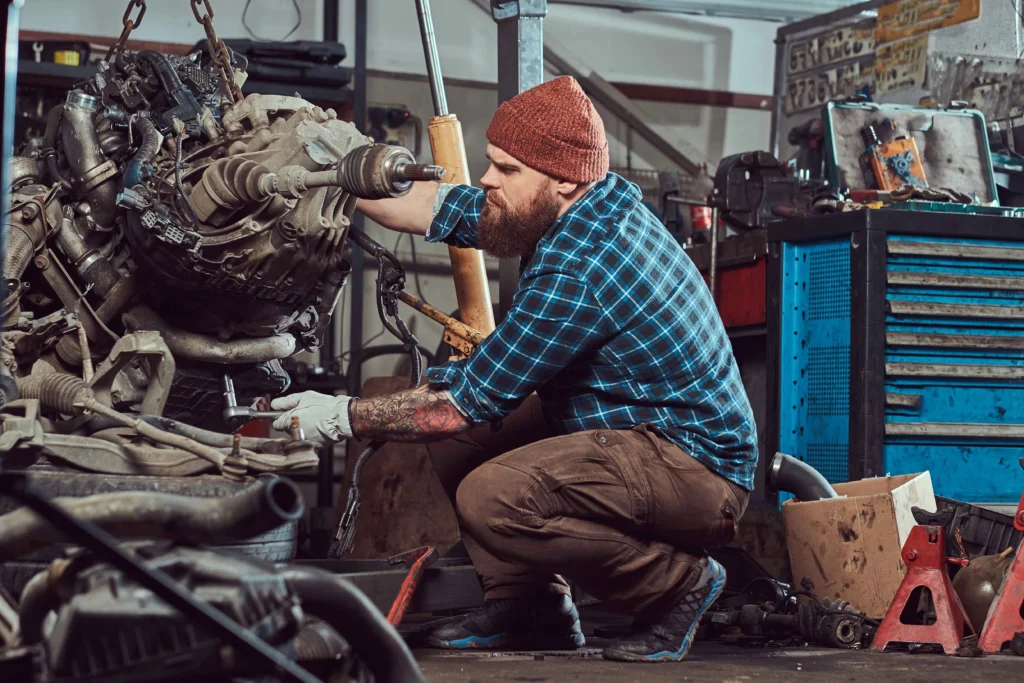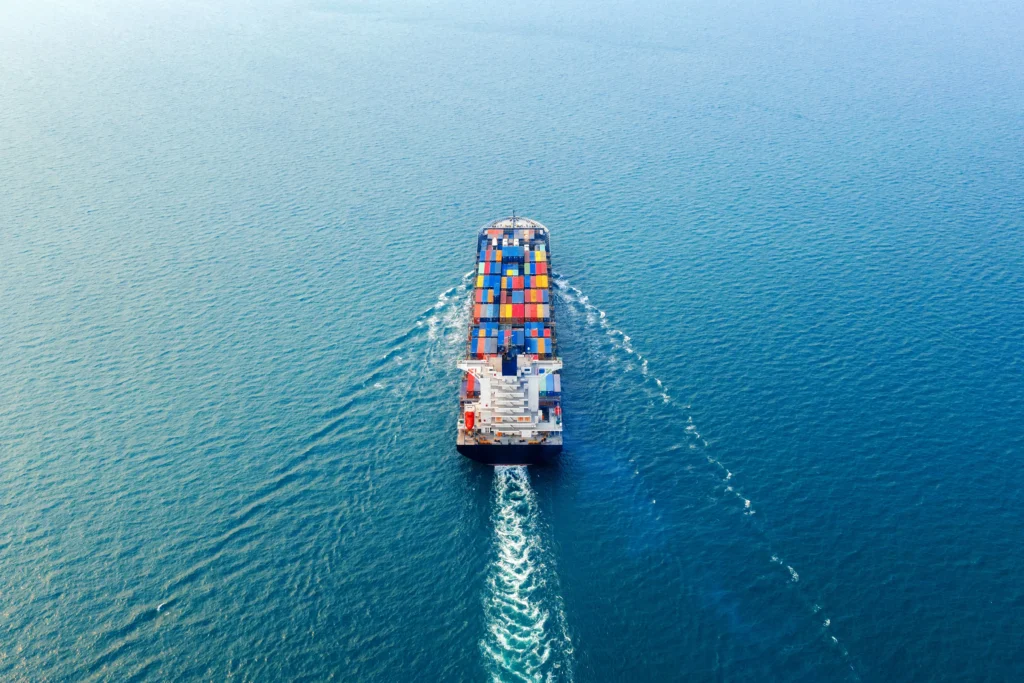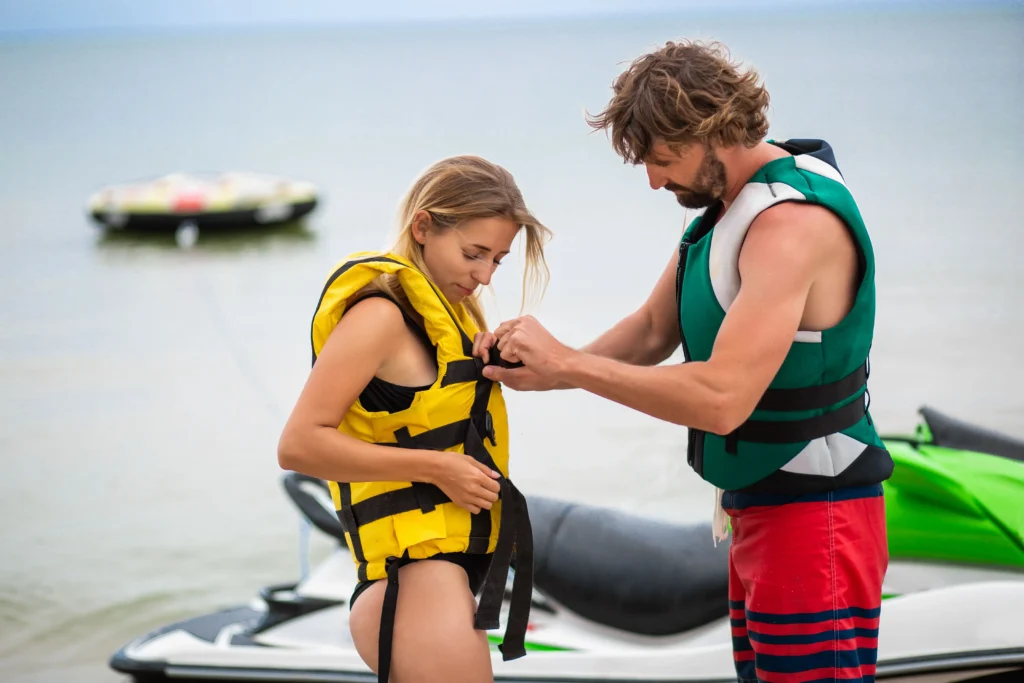Boating Directory Articles
Popular Categories on Boating Directory
Boat Building Materials
Materials and Products Required in the Construction and Maintenance of Boats

Boat construction and maintenance involve a variety of specialized materials and products. These materials must withstand harsh marine environments, including saltwater exposure, UV radiation, and extreme weather conditions. The choice of materials affects a boat’s performance, durability, and longevity, while the products used for maintenance ensure that the boat remains in optimal condition over time.
Here’s an overview of the materials used in boat building, followed by the products needed for maintenance.
**Materials Required in the Construction of Boats**
1. **Fiberglass**
– **Overview**: Fiberglass is one of the most common materials used in boat construction, particularly for recreational boats and yachts. It is a composite material made from woven glass fibers and resin, creating a strong, lightweight, and durable structure.
– **Why it’s used**:
– **Lightweight and strong**: Offers excellent strength-to-weight ratio, making boats easy to handle and fuel-efficient.
– **Corrosion-resistant**: Does not rust or corrode in saltwater environments.
– **Versatile**: Can be molded into various shapes and sizes, allowing for complex hull designs.
– **Uses**: Hull construction, decks, and superstructures of boats.
2. **Aluminum**
– **Overview**: Aluminum is widely used in boat construction, particularly for **fishing boats**, **commercial vessels**, and **offshore workboats**. It is known for its strength, lightweight properties, and resistance to corrosion.
– **Why it’s used**:
– **Lightweight**: Easier to transport and maneuver, offering better fuel efficiency.
– **Durable**: Strong and resistant to impact and wear, making it ideal for heavy-duty or commercial applications.
– **Corrosion-resistant**: Aluminum develops a protective oxide layer, which shields it from rust and corrosion, making it suitable for marine environments.
– **Uses**: Hulls of small boats, pontoons, patrol boats, and workboats.
3. **Wood**
– **Overview**: Wood was historically the primary material used in boat construction and is still used today, particularly for classic boats, sailing yachts, and luxury craft. Woods like **teak**, **mahogany**, and **cedar** are prized for their aesthetic appeal and natural durability.
– **Why it’s used**:
– **Aesthetic appeal**: Wood provides a traditional, high-quality finish that many owners prefer for its natural beauty.
– **Natural strength**: Some woods, like teak, are naturally resistant to rot, insects, and moisture.
– **Repairability**: Wood can be repaired and refinished easily, making it ideal for long-lasting boats.
– **Uses**: Hulls, decks, masts, and interior finishes, especially in luxury yachts and classic sailboats.
4. **Steel**
– **Overview**: Steel is commonly used in larger vessels, including **commercial ships**, **tankers**, and **yachts**. Its strength and durability make it ideal for boats that need to withstand heavy loads or rough sea conditions.
– **Why it’s used**:
– **High strength**: Steel can handle significant stress, making it ideal for larger boats and ships.
– **Durability**: Extremely tough and resistant to impacts, ensuring the boat can withstand harsh environments.
– **Repairable**: Steel boats can be repaired easily by welding, making them durable over long periods.
– **Uses**: Hulls and superstructures of large yachts, tankers, and cargo ships.
5. **Carbon Fiber**
– **Overview**: Carbon fiber is a high-performance composite material used in the construction of **racing yachts**, **performance boats**, and **luxury vessels**. It is known for its exceptional strength and lightweight properties.
– **Why it’s used**:
– **Ultra-lightweight**: Provides maximum speed and performance, especially in racing boats.
– **Strong**: Stronger than steel at a fraction of the weight, offering unparalleled performance.
– **Corrosion-resistant**: Like fiberglass, carbon fiber is impervious to corrosion.
– **Uses**: High-performance racing yachts, custom luxury yachts, and high-end sailboats.
**Products Required to Maintain Boats**
Maintaining a boat involves regular cleaning, repairs, and servicing to ensure its longevity, performance, and safety. Here are some of the essential products needed for boat maintenance:
1. **Cleaning Products**
– **Boat Soap and Cleaners**:
– **What it’s used for**: Specialized boat soaps are used to clean the exterior and interior surfaces without damaging the boat’s finish. They remove **salt deposits**, **dirt**, and **stains**.
– **Examples**: Non-abrasive, biodegradable boat soap, hull cleaners, deck washes.
– **Bilge Cleaner**:
– **What it’s used for**: Bilge cleaners are used to remove oil, grease, and grime from the bilge (the lowest part of the boat), keeping it clean and preventing odors.
– **Examples**: Biodegradable bilge cleaners.
– **Metal Polish**:
– **What it’s used for**: Used to polish and protect metal parts such as **stainless steel**, **chrome**, and **aluminum**, preventing rust and corrosion.
– **Examples**: Stainless steel polish, metal protectants.
– **Teak Cleaner and Oil**:
– **What it’s used for**: Used to clean and restore teak wood used on boats, followed by teak oil to maintain its appearance and protect against moisture damage.
– **Examples**: Teak brighteners, teak oils, and wood preservatives.
2. **Anti-Fouling Paint**
– **What it’s used for**: Anti-fouling paint is applied to the bottom of the boat to prevent marine growth such as barnacles, algae, and seaweed from attaching to the hull. This helps maintain the boat’s speed and fuel efficiency.
– **Examples**: Hard anti-fouling, ablative anti-fouling, and hybrid anti-fouling paints.
3. **Gel Coat and Fiberglass Repair Kits**
– **What it’s used for**: Gel coat repair kits are used to fix small chips, cracks, or scratches on fiberglass boats. Fiberglass repair kits are used for more significant structural damage.
– **Examples**: Gel coat repair kits, fiberglass patch kits, resin and hardener products.
4. **Engine Maintenance Products**
– **Marine Engine Oil and Lubricants**:
– **What it’s used for**: Essential for maintaining engine performance and reducing wear. Marine-specific oils are formulated to handle the unique conditions of saltwater environments.
– **Examples**: Synthetic marine engine oil, gear oil, and lubricants for moving parts.
– **Fuel Stabilizers**:
– **What it’s used for**: Prevents fuel degradation, especially during long periods of storage. This helps avoid problems like engine knocking or starting difficulties.
– **Examples**: Marine fuel stabilizers, ethanol treatment additives.
– **Engine Coolant and Antifreeze**:
– **What it’s used for**: Protects the engine from overheating and prevents corrosion inside the cooling system.
– **Examples**: Marine-grade coolant and antifreeze.
5. **Safety and Emergency Products**
– **Marine Flares and Signaling Devices**:
– **What it’s used for**: Required by maritime regulations for emergency situations, flares and signaling devices ensure that a boat can be seen and rescued in distress.
– **Examples**: Flares, distress beacons, EPIRBs (Emergency Position Indicating Radio Beacons).
– **Life Jackets and Buoys**:
– **What it’s used for**: Essential for onboard safety, life jackets must meet national safety standards. Buoys and throwable floatation devices are also required.
– **Examples**: PFDs (Personal Flotation Devices), ring buoys, and life rafts.
6. **Paints and Varnishes**
– **Marine Varnish**:
– **What it’s used for**: Varnishes protect and enhance the appearance of wooden surfaces on a boat, such as the deck, trim, and interior woodwork. They provide a glossy, protective finish.
– **Examples**: UV-resistant marine varnishes, spar varnishes.
– **Touch-Up Paint**:
– **What it’s used for**: Used to fix scratches, nicks, or other cosmetic issues on the boat’s exterior. Marine-grade paint is designed to handle the harsh marine environment.
– **Examples**: Touch-up paints, primers, and sealers.
7. **Electrical System Maintenance Products**
– **Marine-Grade Wire and Connectors**:
– **What it’s used for**: Marine-grade electrical products are designed to withstand exposure to water and prevent corrosion in the boat’s electrical system.
– **Examples**: Tinned copper wire, waterproof connectors, heat shrink tubing.
– **Batteries and Chargers**:
– **What it’s used for**: Marine batteries power essential systems such as navigation lights, electronics, and engine starters. Maintenance includes ensuring batteries are charged and properly connected.
– **Examples**: Deep-cycle marine batteries, solar chargers, and onboard battery chargers.
8. **Protective Covers and Mooring Equipment**
– **Boat Covers**:
– **What it’s used for**: Custom-fit boat covers protect boats from UV radiation, rain, and debris when not in use.
– **Examples**: Waterproof, UV-resistant boat covers.
– **Mooring Lines and Fenders**:
– **What it’s used for**: Mooring lines and fenders protect the boat from damage while docked or anchored. They are essential for keeping the boat secure in port.
– **Examples**: Nylon mooring lines, inflatable fenders, and dock bumpers.
Conclusion
Building and maintaining a boat requires high-quality materials and specialized products designed for the marine environment. From fiberglass and aluminum to the paints and varnishes used to protect the hull, each material and product plays a vital role in ensuring a boat’s performance, safety, and longevity. Regular maintenance using the right tools and products is essential for keeping boats in top condition, allowing owners to enjoy their time on the water with peace of mind.
Sponsored Business
Related Articles
Inboard Engine Service and repairs
Boating Directory Articles Popular Categories on Boating Directory Marine Clothing...
Read MoreBoat transport shipping
Boating Directory Articles Popular Categories on Boating Directory Marine Clothing...
Read MoreJet Ski Sales, Service and repairs
Boating Directory Articles Popular Categories on Boating Directory Marine Clothing...
Read MoreNaval Architects
Boating Directory Articles Popular Categories on Boating Directory Marine Clothing...
Read More


